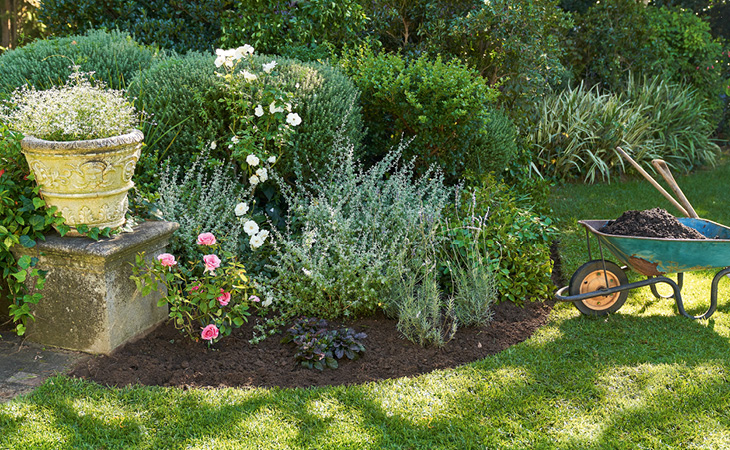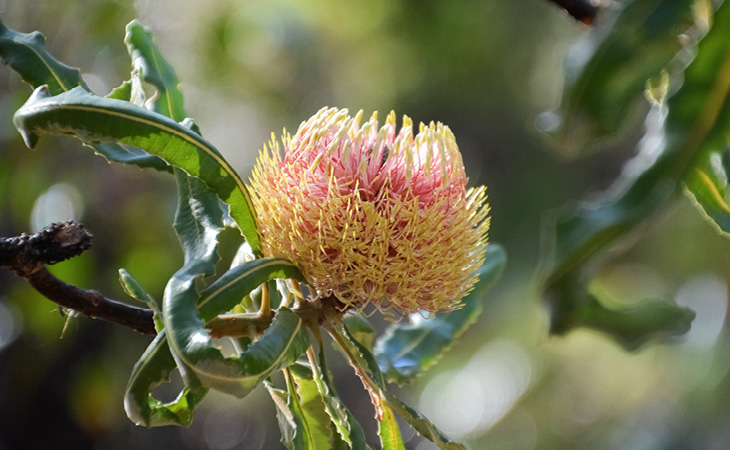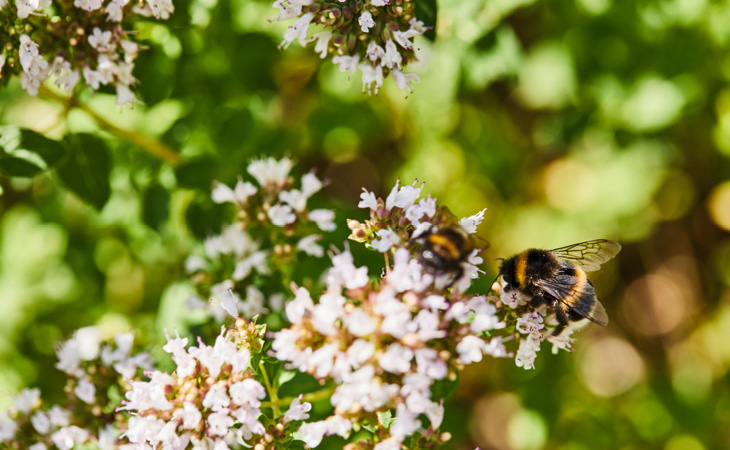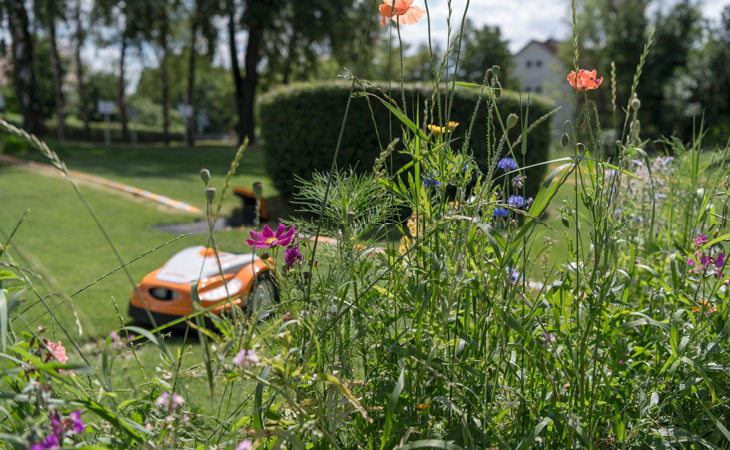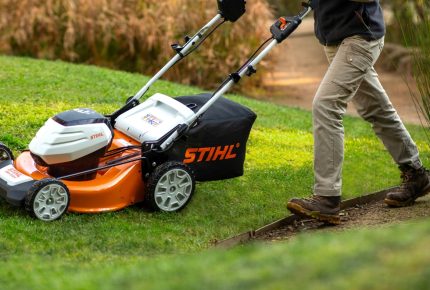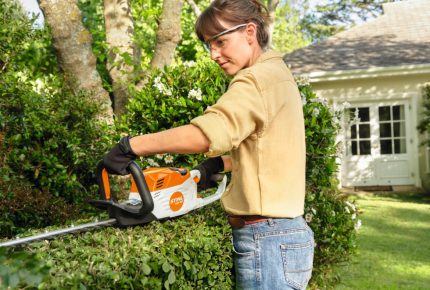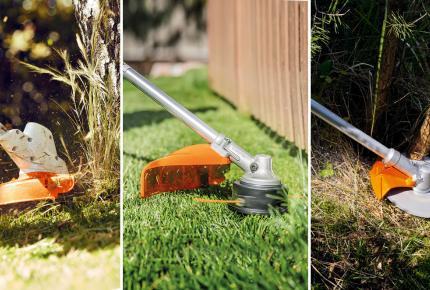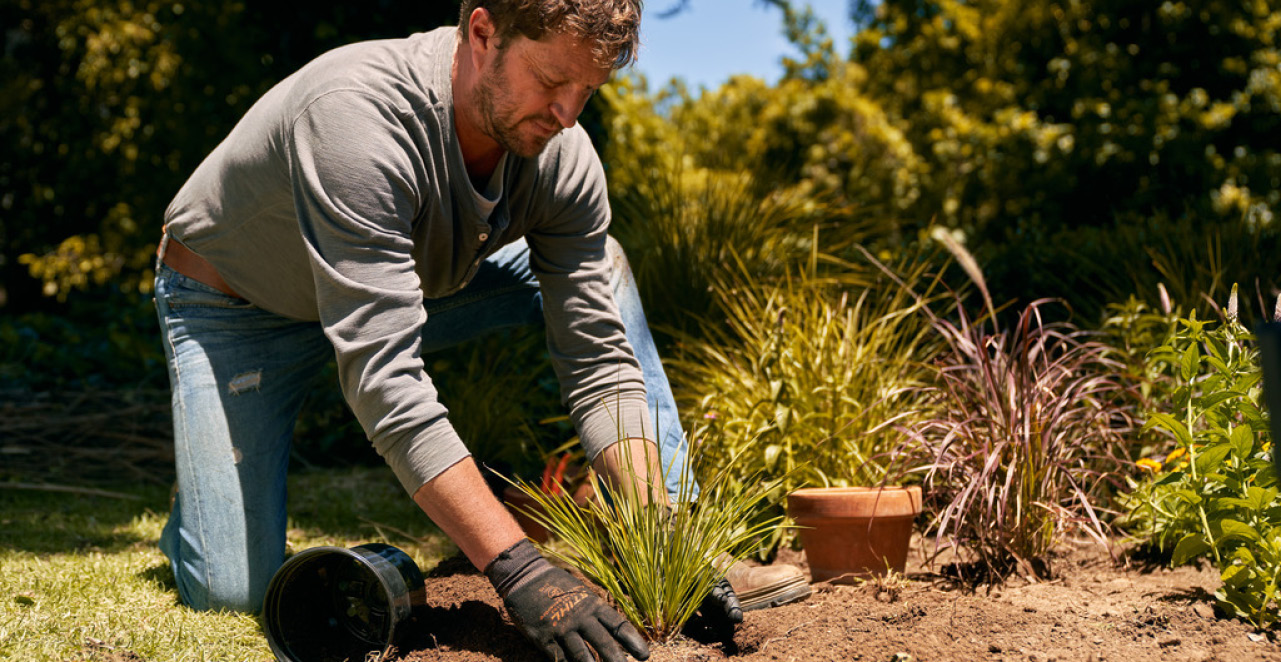
#How To
Promoting Biodiversity in your garden
As passionate garden professionals and home gardeners, we’re aware now, more than ever, of the benefits of creating a richly biodiverse garden.
But did you know that biodiversity isn’t limited by your garden size or style?
From the smallest manicured courtyard garden to the largest bush block, creating a richly biodiverse environment is not only simple and straightforward, but also the best way to actively safeguard the health of all the plants within your garden.
Why create a bio-diverse garden?
Establishing a biodiverse garden is beneficial to the broader community environment as it helps sustain vital ecosystems, including the nurturing of at-risk birds, insects, and animal populations.
An even closer to home benefit is that a biodiverse garden is a healthier and more productive garden.
Biodiverse gardens attract insects, birds and animals that establish a healthy ‘predator and prey’ balance, limiting opportunities for damaging or catastrophic pest invasions by one particular species.
By supporting a good mix of predatory creatures that help the garden: like spiders and ladybugs that limit the populations of plant eating insects, biodiversity provides gardeners with a much better solution than using pesticides. Providing food and habitat for birds also assists to control pests.
Having less garden pests enables healthy soil organisms to thrive and enrich the soil, reducing the chance for plant infections and diseases to begin and spread.
Soil, lawns, and plants then become stronger, healthier, more robust and resilient, attracting more birds, insects and animal life, which helps to drive greater garden health – establishing the ideal healthy garden cycle we strive for!
How do I create a bio-diverse garden?
Here are several easy ways to encourage rich biodiversity within your garden.
1. Choose the right plants
A healthy, balanced biodiverse environment is very dependent on the plants you choose.
Choosing plants native to your local region is going to encourage and support natural biodiversity as these are the plants that local birds, animals and insects look to for their primary nutrients. Luckily for Australian gardeners, our temperate climate allows us to mix the planting of natives with complimentary plants from similar climates and still achieve a healthy biodiversity.
So whether from the Mediterranean, South Africa, California or even parts of China, there is plenty of scope to be creative around your garden biodiversity thinking!
2. Formal Garden versus Bush Garden: it’s a draw!
It’s a misconception that a biodiverse garden needs to be a bush garden, and that more formally presented gardens can’t be biodiverse.
Contrary to what many people think, most native plants are happy to be clipped and shaped and can be strikingly used in very formal arrangements as hedging and topiary features.
So no matter your presentation preference, your garden can easily support a biodiverse ecosystem!
3. Not just a pretty garden feature
Bringing natural life into your garden is part of the joy. A lot of garden wildlife are so tiny it goes totally unnoticed – unless you’re David Attenborough, that is!
Beginning with bacteria and fungus, there’s an entire universe of soil organisms that provide a healthy balance of nutrients in the soil. There’s then a range of small creatures that feed on that and each other. This soil ecosystem generates a healthy home for your plants.
Above ground, amongst the foliage and flowers, there will be similarly tiny creatures. Butterflies and other insects might be the more noticeable ones. In an appropriately diverse garden, you will also attract plenty of birds and potentially some lizards, frogs and mammals.
So how do you attract garden wildlife? Here are some simple ways.
- Adding native flower strips or islands beside or in the lawn not only adds great colour, they also provide a welcome additional source of nutrition and cover for bees, insect species, birds and small animals. Trimming around flower islands is easy with the lightweight and manoeuvrable STIHL Grass Trimmer range.
- Hanging nesting boxes for birds and placing insect hotels throughout your garden to attract bees, ladybugs, lacewings, beetles and bugs are simple and effective ways to not only add biodiversity to your garden, but interest as well. The STIHL GTA 26 Battery Garden Pruner is the perfect tool for trimming branches and timber to size when constructing your insect hotels.
- Planting hedges instead of using privacy screens not only provides more food sources, but also creates helpful habitat for birds and small animals. Keeping native hedges neat, tidy and pest and disease free is a breeze with the STIHL range of trimmers, including the lightweight and compact HSA 26 Shrub Shears and the powerful and user-friendly HSA 56 Hedge Trimmer.
- Water also supports and encourages wildlife in the garden. Bees love a running water feature, while a raised birdbath is a classic attraction for local birdlife, especially during Summer and Autumn. A pond with a collection of rocks and water plants can provide homes and sustenance for an even greater array of wildlife including amphibians.
- Creating some larger flat stone areas is also helpful for supporting small lizards. Providing habitat can also be improved by providing natural materials like logs and large rocks where small creatures can find seclusion, and they can sunbathe till their hearts content.
4. Making your lawn even ‘greener’.
Your lawn plays a significant role in adding to your garden biodiversity. Whether you’re a fan of an exclusively lush turf lawn or more open to having a species-rich lawn inclusive of local flowers and herbs, the way you mow your lawn, and what you do with your clippings makes a real difference to biodiversity levels.
5. Robotic Mowers enhance lawn biodiversity.
A recent study from the Institute of Agricultural Engineering at the University of Hoheheim, Germany, supported by STIHL, found – contrary to assumptions pre-test – that the use of robotic mowers such as the STIHL iMOW range actually promotes a more biodiverse environment than mowing with a traditional push-mower does.
In contrast to conventional mowers, robotic mowers don’t generate suction. Suction pulls the grass, herbs and flowering plants upwards, clipping the flowers.
Designed as mulching mowers, robotic mowers regularly cut the grass and plants by only a few millimetres without creating such suction; the tiny fine clippings fall back into the turf and remain there as mulch (fertiliser).
In addition, it has been observed that plants adapt to the high mowing frequency of STIHL iMOW Robotic Mowers and grow more in width than in height. The result is that on robotically mowed lawns the flowering richness of plants is considerably higher than on the conventionally mowed lawns.
Regardless of whether you prefer to use a robotic or conventional for your lawncare, mowing at maximum cutting height leads to more abundant flowering on the lawn – and greater biodiversity.
The industry-leading STIHL range of battery lawn mowers enable you to adjust cutting heights with ease, while their special high-lift blades ensure an attractive cutting pattern. Mulching kits can be fitted to these battery mowers to further improve the condition of your grass.
For a range of powerful, lightweight and highly manoeuvrable garden power tools to help transform your garden into a haven of biodiversity, visit your local STIHL dealer. Find your nearest STIHL dealer here.

